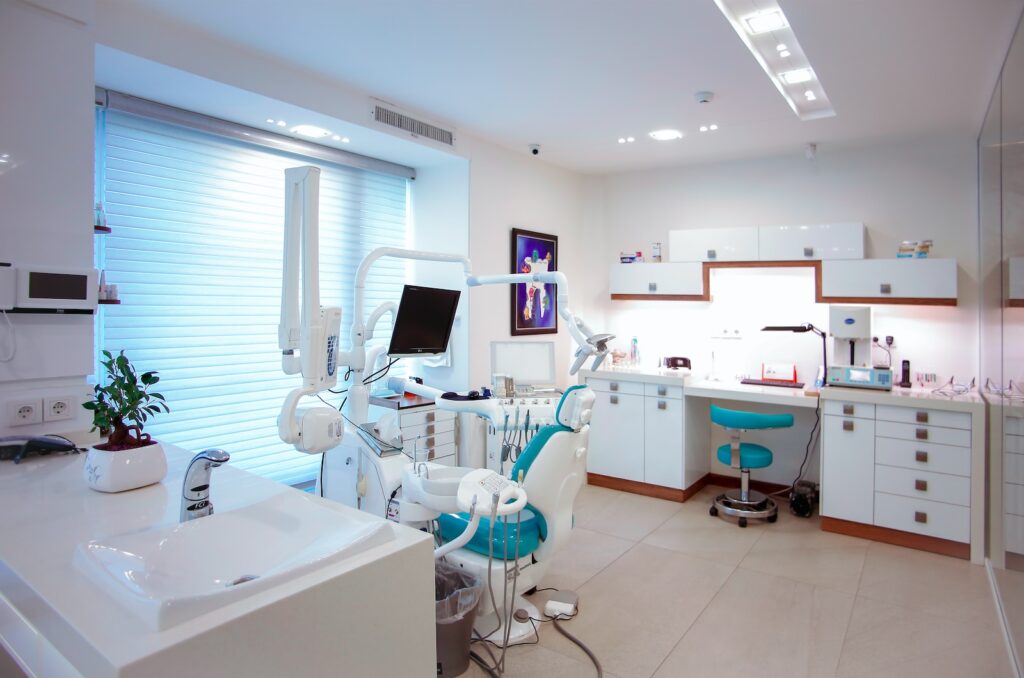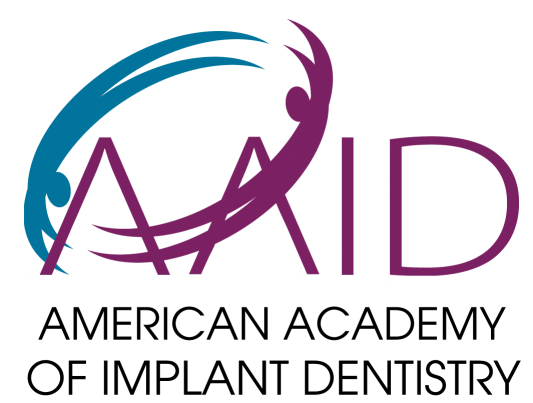In an era where digital innovation reshapes every aspect of our lives, dentistry has embraced a revolutionary technology that’s transforming patient care: 3D printing. Gone are the days when dental procedures meant uncomfortable molds, lengthy wait times, and multiple visits. Today’s dental offices are increasingly resembling high-tech laboratories, where sophisticated 3D printers create everything from perfectly fitted crowns to complete dentures in mere hours. This technological leap isn’t just about speed and convenience—it’s fundamentally changing the precision, accessibility, and economics of dental care. We’re witnessing the dawn of a new age in oral healthcare. From customized orthodontic aligners to surgical guides for dental implants, 3D printing is revolutionizing how dentists diagnose, plan, and treat oral health issues. Join us as we explore how this groundbreaking technology is reshaping modern dentistry and what it means for the future of your dental care.

For residents of Ashburn, Leesburg, and Lansdowne, VA, choose Lansdowne Family Dental for quality dental care. We offer various dental services with a patient-centric approach. Start your dental journey with us. Contact us!
3D Printing: A Game-Changer in Dental Procedures
The advent of 3D printing in dentistry has brought about a paradigm shift from conventional labor-intensive techniques that often necessitated the collaboration of multiple experts. This innovative technology has amplified the efficiency, precision, and personalization of dental procedures, culminating in superior patient outcomes and a more streamlined dental experience.
Diverse Applications of 3D Printing in Dentistry
- Customized Dental Prosthetics: One of the standout applications of 3D printing in contemporary dentistry is the fabrication of bespoke dental prosthetics. Be it dental crowns, bridges, or dentures, 3D printing facilitates the meticulous crafting of prosthetics, tailored to the distinct dental structure of each patient. Leveraging digital intraoral scanners, detailed 3D visuals of a patient’s teeth are captured, which serve as the blueprint for creating precise digital models. These models can be effortlessly tweaked to guarantee an impeccable fit, leading to enhanced patient comfort and functionality.
- Surgical Guides and Implants: The realm of dental implant placement has been revolutionized by 3D printing. It enables the production of surgical guides based on a patient’s CT scan data, offering dentists a visual blueprint of the surgical site. These guides function as navigational aids during implant placement, augmenting precision and minimizing potential complications.
- Orthodontic Aligners and Braces: The orthodontic sector has undergone a significant metamorphosis with the infusion of 3D printing technology. Patients now have the option of clear aligners, like Invisalign, custom-fabricated using 3D printing. These aligners are not only comfortable but also virtually invisible, offering a discreet treatment alternative.
- Dental Education and Training: 3D printing has emerged as an invaluable asset in dental education. It allows budding dentists to practice intricate procedures on 3D-printed anatomical models, offering a realistic simulation of human dental anatomy.
- Maxillofacial Prosthetic Restorations: For patients grappling with facial trauma or congenital anomalies, 3D printing plays a pivotal role in crafting custom prosthetics, ensuring a natural appearance and seamless fit.
- Digital Workflow Enhancement: The integration of 3D printing in dentistry has optimized treatment workflows, bolstering efficiency and slashing turnaround times.
- Cost-Effectiveness and Sustainability: While the initial investment in 3D printing technology might seem substantial, the long-term cost savings are undeniable. The precision it offers curtails the need for multiple adjustments, saving both time and resources.
- Pediatric Dental Solutions: In pediatric dentistry, 3D printing offers a child-friendly approach, crafting dental restorations that resonate with young patients, making their dental visits more enjoyable.
- Innovations in Dental Materials: The evolution of 3D printing technology has spurred advancements in dental materials, paving the way for more innovative applications.
Conclusion
The infusion of 3D printing in modern dentistry heralds a new epoch of personalized and precise patient care. As this technology continues to mature and become more accessible, its potential to further revolutionize dental practices and elevate patient care is boundless.
Frequently Asked Questions
How does 3D printing enhance the precision of dental procedures?
- 3D printing allows for the creation of detailed digital models based on intraoral scans, ensuring prosthetics and treatments are tailored to individual patient needs.
Are 3D-printed dental prosthetics durable?
- Yes, advancements in dental materials compatible with 3D printers ensure enhanced strength, durability, and aesthetics.
How does 3D printing benefit orthodontic treatments?
- 3D printing enables the production of custom orthodontic appliances like clear aligners, offering a comfortable and virtually invisible treatment option.
Is 3D printing in dentistry cost-effective?
- While there’s an initial investment, 3D printing can lead to significant long-term savings by reducing the need for multiple adjustments and remakes.
How does 3D printing contribute to dental education?
- Dental students can practice procedures on 3D-printed anatomical models, offering a realistic representation of human dental anatomy.
Are 3D-printed dental materials safe?
- Dental materials developed for 3D printing undergo extensive testing and are approved for dental use, ensuring their safety and reliability.
Ready to experience the future of dentistry?
Dive deeper into the world of 3D printing and discover how it can transform your dental journey. Reach out to our dentistry experts in the field and embrace the future today!






